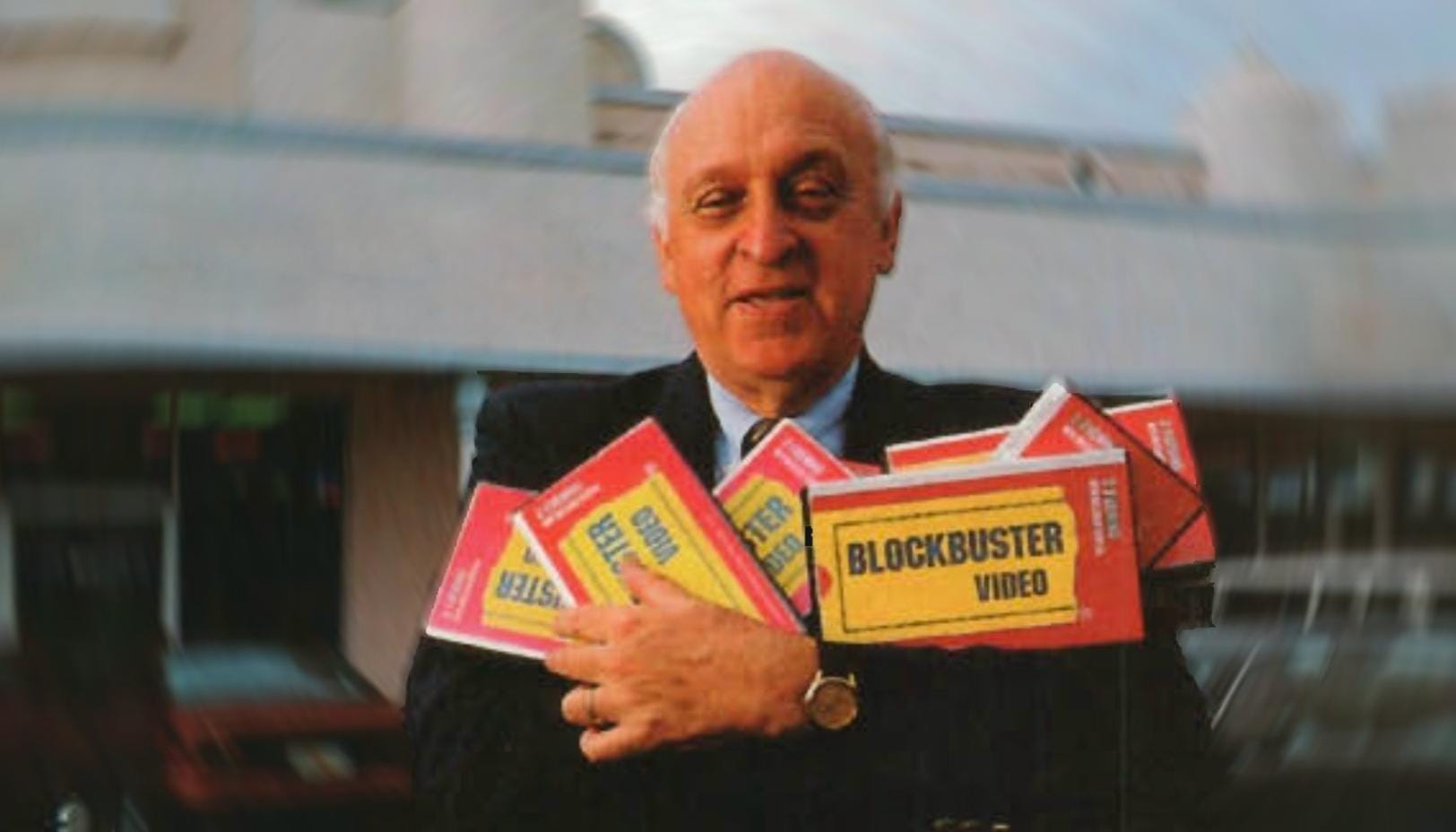
The Little Things that Result in the Big Things
How does a business get a premium valuation when they sell a commodity?
In rising markets, it’s easy to nonchalantly talk about risk, patience, and the conviction necessary to hold through volatility. But you will eventually be tested.

In rising markets, it’s easy to nonchalantly talk about risk, patience, and the conviction necessary to hold through volatility. But you will eventually be tested. There will come a period of time when something you have high conviction in quickly drops 40-50-60% due to external forces. You will question your conviction, your strategy, your process. The market will find your pain point, and this will be your test. Few things test your conviction like falling stock prices.
Are you prepared?
A friend of mine manages several hundred million dollars in retirement assets, mostly in low fee indices – ETFs for high net worth families. He’s been a financial advisor for 25 years and rarely loses a client. He gets paid 1% a year with no performance fee. He has very close relationships with his clients (approx. ~80 families). I asked him how his clients viewed the 1% fee given the assault on “fees” by the financial media. He said his clients fully understand why they pay him 1% per year. It’s payment for holding their hands when times get rocky and to keep them from selling at the worst time. He gave me this illustration:
“We’ve all been on flights that were on time, clear skies, no turbulence, with a smooth landing. The plane lands and the pilot and staff say “Thank You” as you exit the plane. Many of us have also been on a flights that were stressful. When it was raining and windy and the plane is being tossed around and your stomach feels like it’s up in your chest. When you come in for landing it feels like a ship in rough seas. Everyone is gripping their seats with white knuckles wondering…NO PRAYING.. that the pilot knows what he’s doing. At that very moment, you would probably pay $2,000 (4x the price of the ticket) to have the most experienced pilot at the helm. As the back tires of the plane hit the runway some stress leaves, and when the front tire hits you breathe a sigh of relief. The pilot is at the front of the aircraft as the passengers exit and almost everyone, with the sincerest appreciation looks into the pilot’s eyes and says “Thank You”. My clients pay me 1% per year because of my experience and they know I’ll bring them in safely.”
I share this story not to justify asset management fees but because I thought it was a great illustration of the importance of preparation and experience. As the seven-year bull market continues on, a greater and greater percentage of market participants (investors, financial advisors, etc) are entering that have never experienced a bear market. The worst part of bull markets is the increase of inexperienced people educating other inexperienced people.
In 2014, I wrote the most pivotal article in my investing journey, The Conviction To Hold. I say this for two primary reasons. First, Sanjay Bakshi reached out to me for the first time after reading it which started our fruitful friendship. Second, the reason I wrote the article at that time was as a microcap investor I felt very little attention and importance was being placed on holding. The inspiration for the article occurred when I was reflecting on a stock I had bought in 2007 but sold at a 60% loss near the bottom of the bear market in late 2008. It was a great business, but I capitulated and sold. By 2014 (the time of the article), that same stock had risen 3,200%, not from the market bottom in 2008, but from my original purchase price in 2007. This was a painful lesson that I’ll never forget. I like to remind myself of the pain, so I wrote a follow up article this year, The Art of Holding, which talks about the importance of separating business performance from stock performance.
Investing’s greatest lessons can’t be taught in a book or in a classroom. They have to be experienced. Painful lessons are the best teachers. Investing isn’t a game. As a full-time private investor, my family’s livelihood is on the line, so there are some days when I get annoyed at the brashness and boldness of those that like to write educational articles or give advice in an authoritative tone but don’t have the experience to back it up. Be very careful taking advice from anyone that hasn’t successfully navigated a meaningful amount of capital through a bear market or two. Morgan Housel’s Short Investing Rules #2: You’re not proven until you’ve survived a calamity.
I’m not a market timer. I spend less than five minutes a year worrying about when the next bear market is going to hit. But just because I don’t worry doesn’t mean I’m not prepared. I think one of the best ways to be prepared is to invest in profitable quality businesses which are hard to kill, and whose products-services are so relied upon that if they didn’t exist would cause their customers a lot of pain and aggravation. Stay away from unprofitable story stocks. If you are invested in an unprofitable company that has less than two years of cash on the balance sheet you should be worried. When markets get bad, the first stocks to get hit are unprofitable story stocks with a short cash runway.
In a recent interview with Patrick O’Shaughnessy, I talk about the research of Roger Ibbotson. Ibbotson is a Yale Finance professor and also the Chairman and CIO of Zebra Capital. His research analyzes the US stock market (3,500 stocks) since 1971, and the risk return relationships when categorizing stocks by various characteristics such as volatility, size, value, liquidity, and momentum. In a white paper entitled, Liquidity as an Investment Style [found here], he focuses specifically on liquidity. Most investors know that microcaps and smallcaps have outperformed large caps over the long-term, but I think the reason for it is often misunderstood. I think most people believe it’s the smallness that creates the opportunity for large returns, but in reality, it’s the illiquidity. As you can see in the table below, illiquid microcaps have produced 16.03% annual returns while liquid microcaps have produced -0.29% returns. Liquidity dominates size as a return predictor. It’s one of the reasons why I personally focus on the smallest 20% of the microcap space. It’s where illiquidity and the potential for large returns is greatest.
Microcap is most often defined in the United States and Canadian equity markets as < $300 million market cap, but there is a significant difference between a $20 million market cap and a $200 million market cap microcap. At ~$50 million market cap threshold, smaller institutions start taking positions. By $100 million market cap, most microcap companies are 20%+ institutionally held, and these equities start to be included in the Russell MicroCap Index as well as other microcap indices. In general, as a management team executes the stock price increases, market cap increases, and liquidity increases which allows larger market participants to get involved. In an article, Don’t Worry About Illiquidity, Worry About Being Right, I talk about how successful microcaps become institutionalized.
Small Retail –> Large Retail –> Small Institution –> Large Institution
[illiquid] ——————————————[liquid]
My personal investing experience has proven to me that great businesses that have an illiquid stock will do well in any market environment. During the 2008 collapse I was primarily invested in 2.5 positions. The 0.5 position was the one I mentioned earlier in this writeup which I sold at the worst possible time. The other two I held, and their returns gave me the capital, wherewithal, and confidence to become a full-time investor. The first company was a very small, illiquid company, 25% founder owned, self-funded, growing 100% per year, profitable, dominated a small niche, etc. It had no institutional ownership. When the market collapsed 50%, this little gem went up 280% during the same time period. The second company I was invested in went down 50% but it was one of the first companies to bounce back, and it bounced back hard. This experience taught me three things.
When I first read Ibbotson’s research a few years ago, what interested me most wasn’t that illiquid microcaps did so well but that liquid microcaps did so poorly. I’ve experienced this first hand during bear markets. When stock markets start to get nervous and shaky, large institutions and allocators sound the alarms and yell “Risk Off!”. Large investors immediately pull money out of the microcap-small cap indices, redeem money out of microcap funds, etc. This puts constant selling pressure on these larger liquid (but still relatively illiquid) microcaps. To put it bluntly, institutionalized microcaps get the sh!t kicked out of them when markets turn negative. It’s always good to remind yourself that institutions can’t sell what they don’t own.
The key to successful investing isn’t to follow the bigger money (institutions). You need to invest where they are going to go. Find great companies early. The way I prepare myself for any market environment is to try to find and invest in the smallest, most illiquid, best businesses I can find run by intelligent fanatics.
In addition, if history has taught us anything it’s that bad market environments are the best time to find great opportunities. Great investing opportunities present themselves because most investors do the worst thing at the worst time. The final way to be prepared is to always hold some cash, which Mike Schellinger sums up nicely in Cash Is A Position. A long-term investors edge is discipline and patience. Christopher Bloomstran of Semper Augustus summed it up best in his letter to clients: “You cannot preach patience and not have cash laying around.”
===> Interact and learn with 250+ of the best microcap investors on the planet. [Join Us]
MicroCapClub is an exclusive forum for experienced microcap investors focused on microcap companies (sub $500m market cap) trading on United States, Canadian, European, and Australian markets. MicroCapClub was created to be a platform for experienced microcap investors to share and discuss stock ideas. Since 2011, our members have profiled 1000+ microcap companies. Investors can join our community by applying to become a member or subscribing to gain instant view only access. MicroCapClub’s mission is to foster the highest quality microcap investor Community, produce Educational content for investors, and promote better Leadership in the microcap arena. For more information, visit http://microcapclub.com and https://microcapclub.com/summit/
Get Alerted to our Next Educational Blog Post

How does a business get a premium valuation when they sell a commodity?

It's often how you react (or don't) to the same situations that shows you how much you’ve grown.

"Call Charlie a lucky man for stumbling onto Cook Data Service, but luck didn't make him a millionaire."